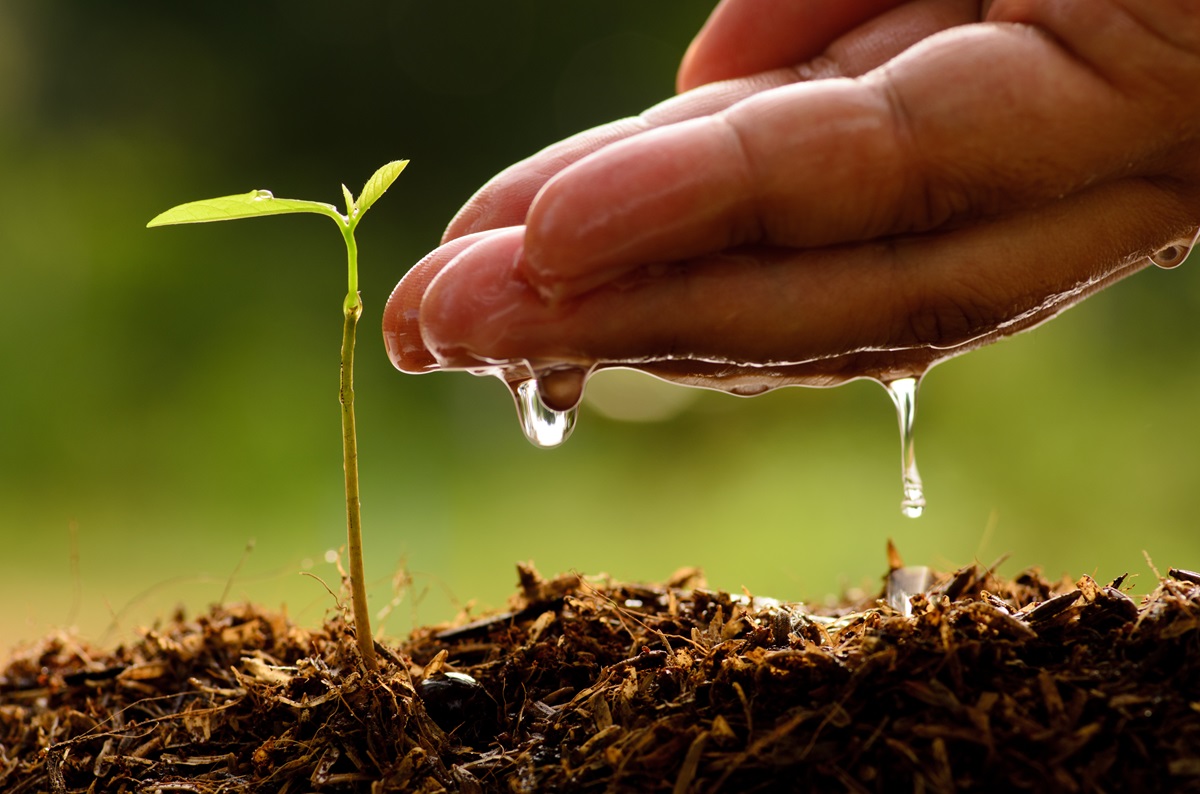As the world grapples with the challenges of climate change and population growth, sustainable agriculture has emerged as a key solution. By adopting sustainable farming methods, we can produce healthy food without depleting our natural resources. This article explores the top five sustainable agriculture methods that are transforming farming.
1. Organic Farming
Organic farming is a method of crop and livestock production that involves much more than choosing not to use pesticides, fertilizers, genetically modified organisms, antibiotics, and growth hormones. It is a holistic system designed to optimize the productivity and fitness of diverse communities within the agro-ecosystem, including soil organisms, plants, livestock, and people.
2. Permaculture
Permaculture is a design system for creating sustainable human environments. It is about designing systems that are ecologically sound and economically viable, which provide for their own needs, do not exploit or pollute, and are therefore sustainable in the long term.
3. Agroforestry
Agroforestry is a land use management system in which trees or shrubs are grown around or among crops or pastureland. This intentional combination of agriculture and forestry has varied benefits, including increased biodiversity and reduced erosion.
4. Aquaponics & Hydroponics
Aquaponics and hydroponics are innovative Sustainable Agriculture Methods that maximize the use of water and space. Aquaponics combines aquaculture (raising aquatic animals) with hydroponics (cultivating plants in water), creating a symbiotic environment. Hydroponics allows for plant growth without soil, with roots submerged in nutrient-rich water.
5. Vertical Farming
Vertical farming is the practice of growing crops in vertically stacked layers, often in controlled environments. By using growing shelves mounted vertically, it’s possible to grow crops in smaller spaces, like urban areas or indoors.
Conclusion
These sustainable agriculture methods are transforming the way we farm, making it more environmentally friendly and efficient. As we face the challenges of the 21st century, these methods will be crucial in ensuring food security and sustainability.


